|
As we await the release of Iron Man 3 this Friday (my review will appear at the Hugo Award-winning SF Signal, of course), I thought I might remind myself of its anemic predecessor. The following review originally appeared in Moving Pictures magazine, which folded in 2010. Enjoy. Iron Man 2
Directed by: Jon Favreau Written by: Justin Theroux Starring: Robert Downey, Jr., Don Cheadle, Scarlett Johansson, Gwyneth Paltrow, Sam Rockwell, Mickey Rourke, Samuel L. Jackson Iron Man caught everybody off guard when it was released two years ago. Directed by Jon Favreau, who was best known for small independent gems, it turned out to be one of the most witty, deft superhero movie since Tobey Maguire squeezed into Spider-Man’s tights. Though it lacked the depths explored by The Dark Knight (which was released later that summer), it nonetheless managed to linger in the viewer’s imagination long after the credits rolled. A sequel was inevitable. Iron Man 2 brings back most of the original cast and director Favreau and adds screenwriter Justin Theroux (Tropic Thunder), but doesn’t capture the lightning-in-a-bottle quality of the original. When last audiences saw Tony Stark (Robert Downey, Jr.) in Iron Man two years ago, he revealed to reporters that he was, in fact Iron Man, a relationship that has only deepened as Iron Man 2 opens. When at a Congressional Subcommittee Hearing Senator Stern (Gary Shandling) demands that Stark turn over the Iron Man technology to the U.S. government, the former military arms contractor (now a privateer of peace) refuses. “The suit and I are one,” he says. How refreshing to see a superhero movie where the hero, instead of straining to keep his identities separate and secret, instead openly embraces both, even if the hero in question, however brilliant, is a smooth talking narcissist. It’s not all fun and games for Stark, however. The reactor core powering the Iron Man suit and keeping him alive is killing him, and he doesn’t know how to stop it. This explains his need to engage in risky behavior, such as driving in a high-speed race in Monaco. Here he does battle with Ivan Vanko (Mickey Rourke), a heavily-tattooed Russian physicist who has designed whip-like extensions powered by the same technology Stark uses and surging with enough electrical energy to sever speeding racecars. The weapony impresses Stark’s competitor Justin Hammer (Sam Rockwell) enough to spring Vanko from jail and hire him to develop military technology to rival Stark’s, though Hammer does not realize Vanko has his own, personal vendetta against Stark. When Iron Man 2 works, it works very well. Downey, Jr. and Cheadle, who replaces Terence Howard as Stark’s friend Lt. Colonel James “Rhodney” Rhodes, play well off each other (that Cheadle is a better actor than predecessor Howard only helps), and in the opening and closing acts the banter between Downey, Jr. and Paltrow channels that of William Powell and Myrna Loy in the Thin Man movies. Though the introduction of Rourke’s Vanko during the opening credits is so corny that it induces more winces than menace, the first thirty minutes do not misstep. Unfortunately, the movie falters during the second act and nearly plods to a halt when Stark faces his impending mortality and Rhodes, under orders, steals one of the Iron Man suits for weapons adaptation by Hammer. In addition, the introduction of Nick Fury (Samuel L. Jackson) and Natalie Rushman (Scarlett Johansson) of S.H.I.E.L.D., while meant to tie into an upcoming Avengers movie, distract from this one. A climax full of battles rife with robotic weaponry saves Iron Man 2 from an advanced case of rust, but the movie never quite regains its footing, or its sense of energy, or for that matter its identity, becoming indistinguishable from most summer fare. The suit and Stark may be one, but they’ve merged into something aggressively bland. Yes, it’s fun to watch, but if only it had a heart...
1 Comment
My story "Grey Goo and You," an experimental piece I brought with me to Turkey City a couple of years ago, will appear in Rick Klaw's anthology Rayguns Over Texas just in time for LoneStarCon 3, the 71st annual World Science Fiction Convention. I'll be appearing along with such skiffy luminaries as Neal Barrett, Jr., Joe R. Lansdale (his ownself), and Michael Moorcock, along with such colleagues as Lawrence Person, Jessica Reisman, Stina Leicht, and others. Full contents are available on Rick's blog. Additionally, Rocky Kelley's exceptional cover art has been revealed. Color me excited.
 Slate's blog Bad Astronomy reports that the Kepler spacecraft has detected at least five planets orbiting the cool orange star Kepler-62, with two Earth-sized and orbiting its habitable zone. Assuming they’re made up of the same materials as Earth (metal and rock) and therefore have about the same density, you’d weigh 60 percent more on Kepler-62e, and 40 percent more on Kepler-62f. I’ll note that all things considered, neither would be paradise: Kepler-62e gets about 20 percent more sunlight than we do on Earth, and Kepler-62f gets about half; a bit hot and cold for my taste. But again, we don’t know the conditions on these planets. Give Kepler-62e a thin atmosphere, and Kepler-62f a thick one, and they might look a lot like Earth. Ars Technica brings us news that computer scientist Tom Murphy has written a program that "solves" how to play Super Mario Bros. as if it is just another kind of mathematical problem. Lexicographic ordering is a pretty simple mathematical technique used to determine the best order a set of values should come in. It's most commonly used in libraries or dictionaries for arranging books and words, for instance, with the alphabet determining the order of the letters. New Scientist reports that labs have successfully grown kidneys that work in rats. Similar techniques have already been applied successfully in people with simpler tissue, such as windpipes. But the kidney is by far the most complex organ successfully recreated. And let's not count out NASA, which has plans to use solar electricity to get robotic spacecraft to an asteroid, and perhaps even farther. The idea would be that traditional chemical rockets could deliver payloads to low Earth orbit and solar electric propulsion could then power a spacecraft to higher energy orbits, including Lagrange points or a potential assembly point in space between Earth and the moon. This approach could facilitate missions to near Earth asteroids and other destinations in deep space, NASA said. The folks at Gritty Reboots has set their sights on Bill Watterson's classic comic strip, with...well, some pretty remarkable results. Maybe it's just because I've missed the strip in the twenty years since it's been gone, but I would watch the hell out of this.
Via Paul McAuley, researchers in Japan have developed a method of using MRI scans to view the images people see as they fall asleep. Just as the volunteers started to fall asleep inside the scanners, they were woken up and asked to recount what they had seen.  The next phase of the experiment? Viewing dreams in deeper sleep, and perhaps machines akin to the sense-recorders of William Gibson's "Fragments of a Hologram Rose," or perhaps the SQUIDS of Kathryn Bigelow's Strange Days. The researchers now want to look at deeper sleep, where the most vivid dreams are thought to occur, as well as see whether brain scans can help them to reveal the emotions, smells, colours and actions that people experience as they sleep. This comes on the heels of a story in which researchers have hooked humans and rats to brain computer interfaces, and used human thought to make the rat move. The human volunteers wore electrode caps that monitored their brain activity using electroencephalography (EEG). Meanwhile, an anaesthetised rat was hooked up to a device that made the creature's neurons fire whenever it delivered an ultrasonic pulse to the rat's motor cortex. 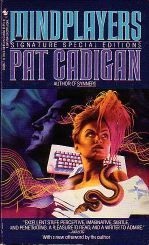 For many, these implications smack of something Orwellian, or even Kafkaesque, but I'm beginning to see it as an even stranger marriage of the cyberpunks and the Surrealists (both of whom always had interesting parallels anyway). Indeed, thinking of how these two technologies might be joined, I have images of a world imagined as a hybrid vision of Pat Cadigan's Mindplayers and the works of Salvador Dali and H. R. Giger, perhaps with a dollop of Michael Parkes. |
Derek Austin Johnson has lived most of his life in the Lone Star State. His work has appeared in The Horror Zine, Rayguns Over Texas!, Horror U.S.A.: Texas, Campfire Macabre, The Dread Machine, and Generation X-ed. His novel The Faith was published by Raven Tale Publishing in 2024.
He lives in Central Texas. Archives
May 2024
Categories |
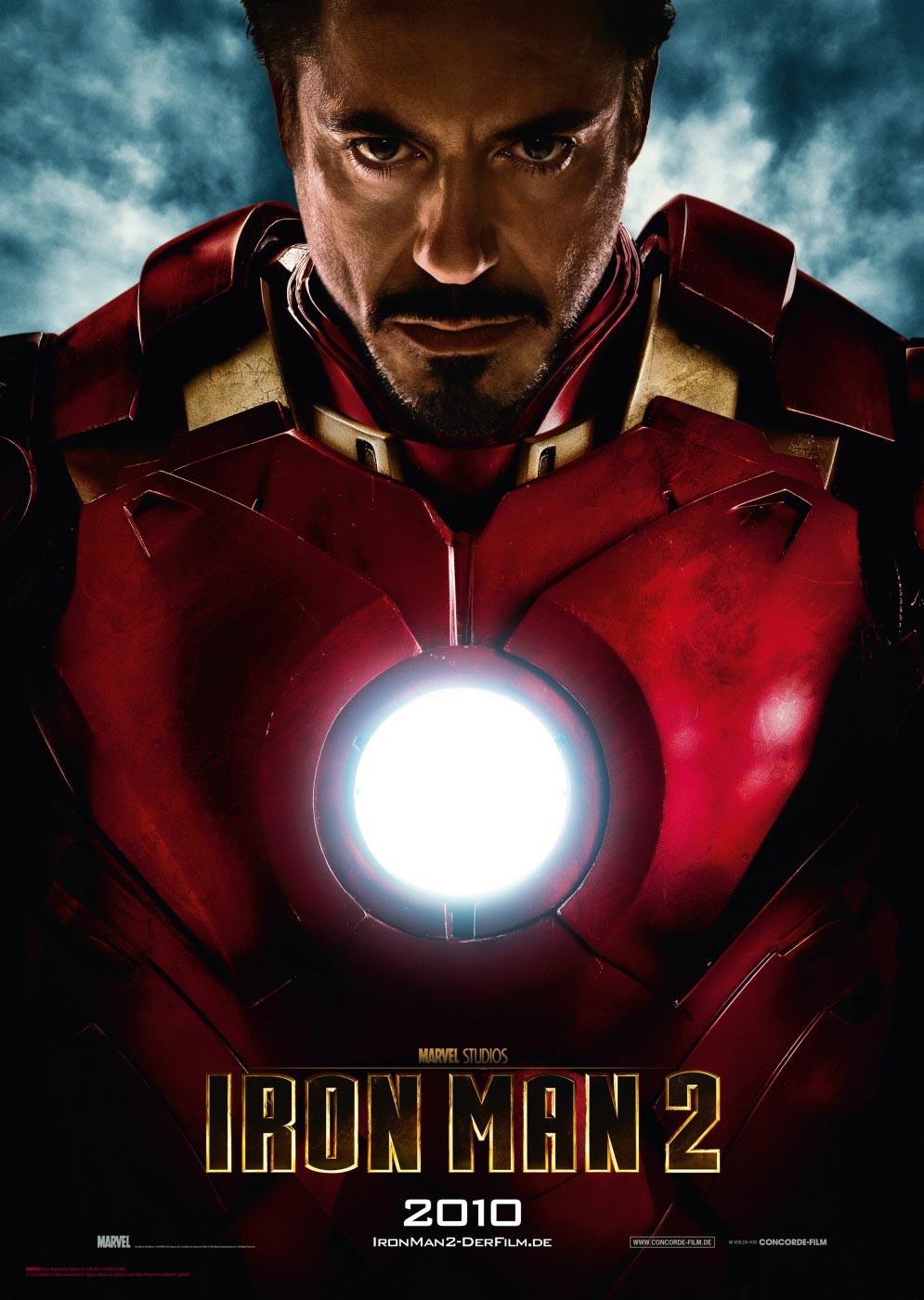
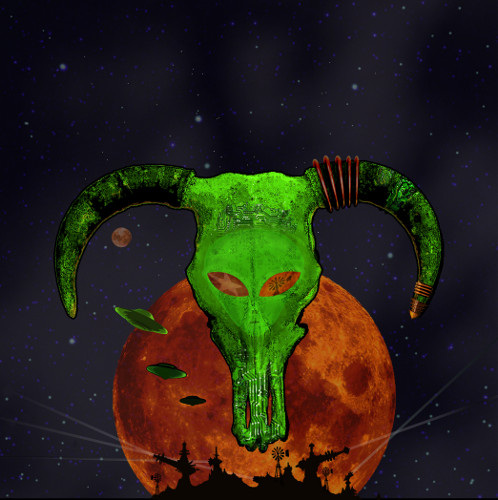
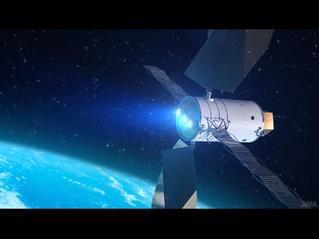
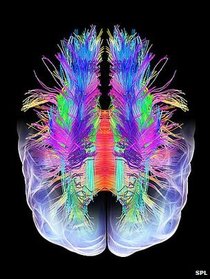

 RSS Feed
RSS Feed